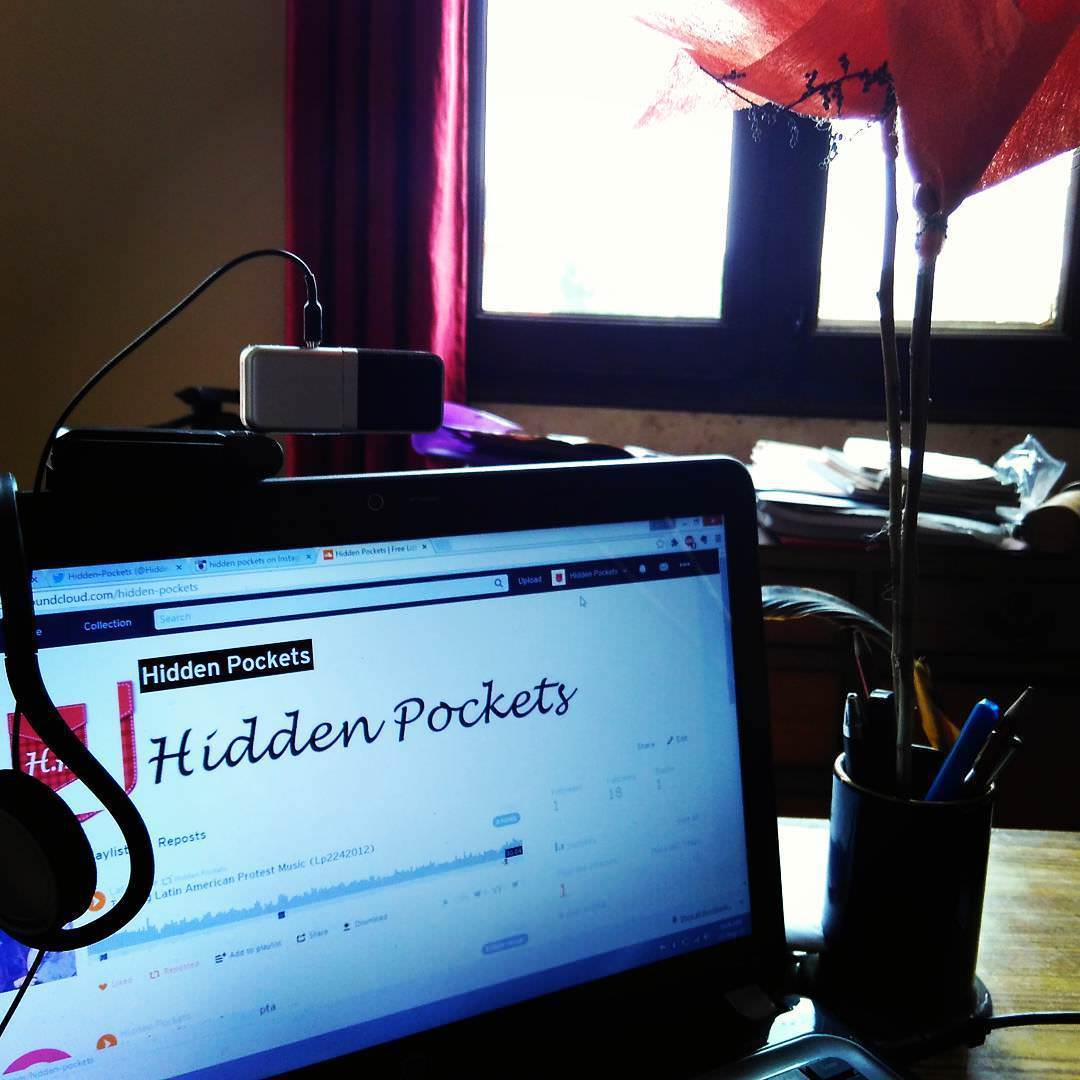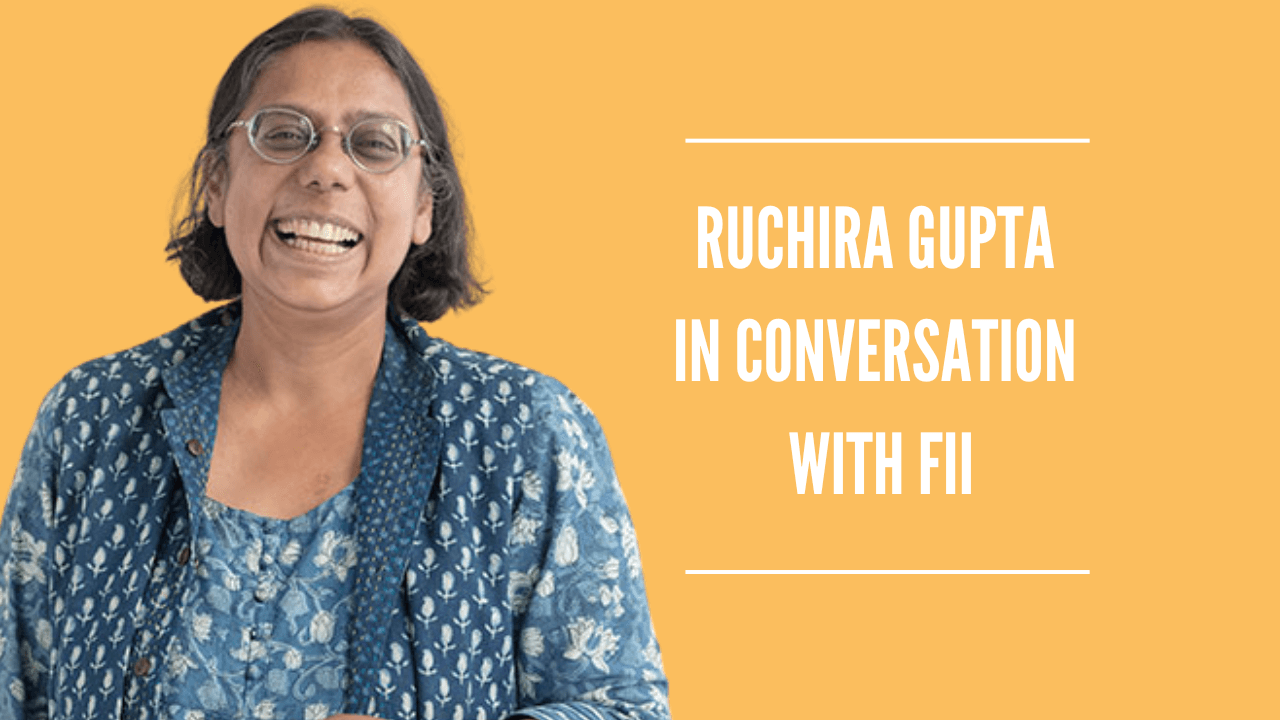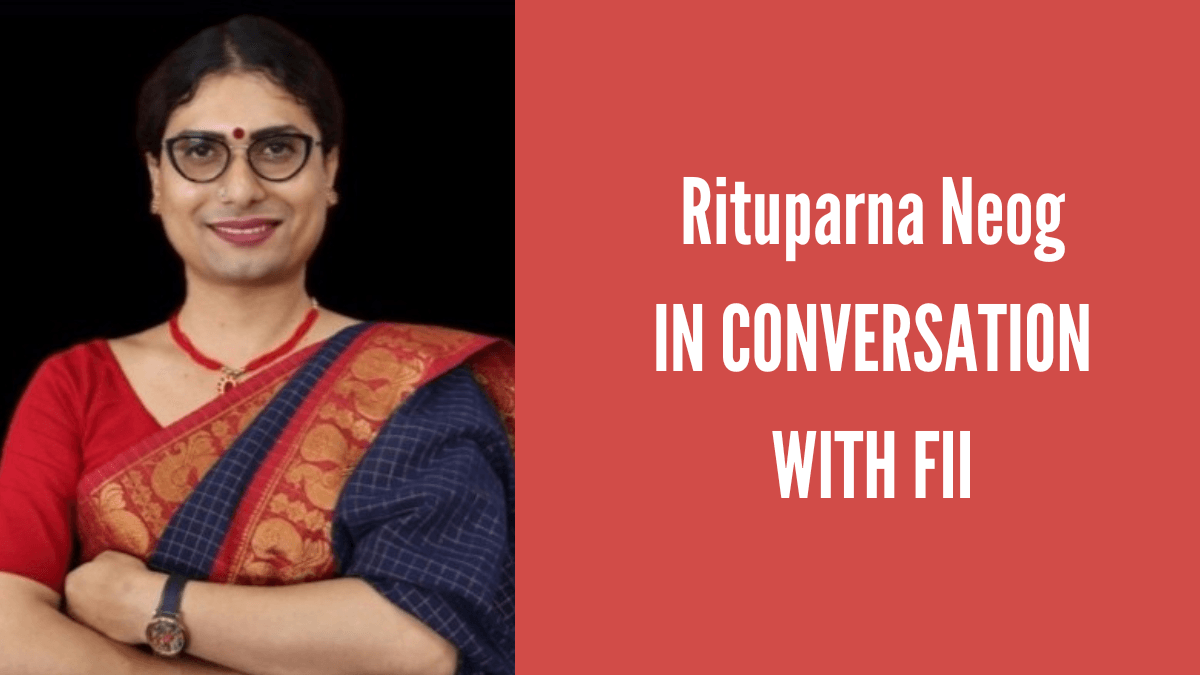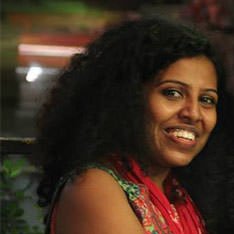
Jasmine George of Hidden Pockets
In the Hidden Pockets website they describe themselves as an organisation that studies, “The city (which) is divided into spaces and zones and one is always taught to enjoy a city in certain ways. We try to visualize a city and map it on the basis of various facets. We try to see cities in a new light via audio podcasts,digital maps, photo essays and a blog. In our pilot project, we aim to curate hidden pockets of India.”
I had the pleasure of speaking to Jasmine George from the Hidden Pockets team.
Avantika Tewari: What was the impulse behind remapping the city-scape and cataloging the sights and insights of the lived experience of the city in a digital archive?
Jasmine George: In reaction to the ‘Nirbhaya’ incident, I was confused by the narratives that were emerging around us. Being a lawyer myself, I was confounded at how safety was being accorded with the demands of having more surveillance, more regulation and restrictions on women. There were undercurrent of how upper class women needed to be protected from the lower class man, and to me this was discomforting. This is where I identified the need to reclaim the city, to re-configure and redefine it. Instead of focusing on how ‘unsafe’ the city is and thereby, marking out ‘danger’ zone, we at Hidden Pockets are looking for pleasure pockets.
AT: How far have you come since its inception and what are the various things that you wish to undertake as part of Hidden Pockets? Based on the collection of experience, do you at some point, wish to make recommendations at the level of urban planning?
JG: It’s been a year and a half since we started out and now our presence can be felt in 7 cities of India- Delhi, Chennai, Kochi, Kolkata, Ahmedabad, Bangalore, Jaipur. So far we have been mapping reproductive health services, transportation services, identifying pleasure pockets. We also are getting to know more about the cities as we map them, so often times when we meet people while attempting to identify pleasure pockets, we realise that pleasure is not homogenous, or necessarily sexual pleasure only. Therefore, our imagination of pleasure too gets altered when for one person pleasure may be reading a book in solitude but for another it maybe taking a stroll in the park under the night sky.
We would love to help at the level of public policy interventions someday, if it so happens. It is interesting to see that through our journey we have been able to talk about sexuality in relation to technology and the city. Especially now when there is a talk of building ‘smart cities,’ how would it impact the scope of accessing the city? There is an expression of desire and pleasure, which often gets missed out while planning a city. By making a false binary between ‘security’ and pleasure, our cities have failed to account many experiences, which could be a useful tool to design a city, a feminist city.
AT: In a deeply gendered city, how do you map the city based on such a wide range of experiences?
JG: This is no model city that I have in mind, as a teleological end. Every city has its own ups and downs, for example, Jaipur has great public health movement and is far more well planned as compared to Delhi. Even though one would imagine Delhi to have a superior health system.
It is important, thus, to learn about how cities work- how they bring in their own socio history in altering the space, how the state governments play a role. To give you an example, in the southern part of the country where literacy rates are higher than the northern parts but equally so, taboos have co-existed. So even when the health services are good, there remains of a problem of accessing them. How does one make the city more accessible? Which is why there is no one model of a city that it should aspire to become like, rather, we should focus on better parameters as markers to identify a good city.
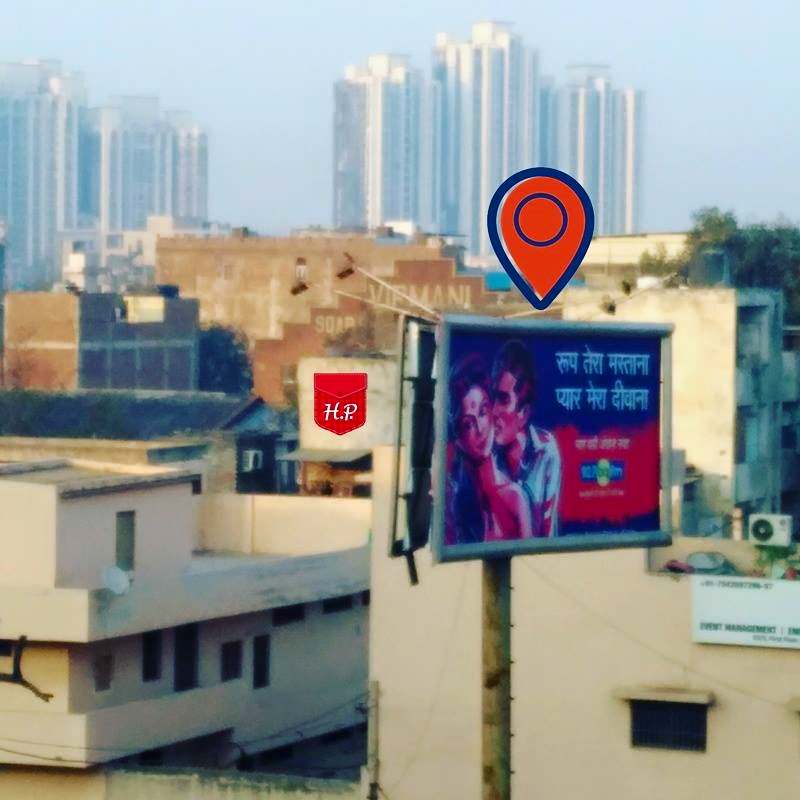 AT: The city is marked by the exclusions and invisibility of many people, the scope of access is foreclosed. What the parameters you suggest to be included as a yardstick, especially since the cities are getting ‘smarter’ but perhaps not any less gendered?
AT: The city is marked by the exclusions and invisibility of many people, the scope of access is foreclosed. What the parameters you suggest to be included as a yardstick, especially since the cities are getting ‘smarter’ but perhaps not any less gendered?
JG: Again, they vary, contextually and temporally. Are more young women seen as accessing the cities? Are the health service efficient, affordable, accessible?Are there pleasure pockets? The parameters keep increasing to be more inclusive. When I speak of inclusivity, I don’t just mean it at the level of theory, I want it to be practiced and doable. Which is why for me to re-configure the city as more inclusive will come through by working on our pilot project.
So mostly our ideas of a city are derived from the World Bank Guidelines, or aspirational idea of city is based on the image of a Shanghai or a London or a New York. We may continue to take inspiration and take the best from the cities, but I don’t think one can model any city as the ‘best.’ There are multiple of tier 1 and tier 2 cities in India that are supposed to a city but are not, and there are many small townships which seem like a city but are not. The (idea of a) city, thus is itself undergoing a lot of change. There has been an attempt to further redefine the idea of a city with the introduction of the smart city. With its emphasis on technology, it must still retain some amount of a human centric approach in arriving at that smart city.
Today what we see is that technological development happens and humans are supposed to just adjust themselves around the change, humans aren’t taken into consideration while the technology is being set up. Take for example, surveillance, because of which control of the body is so normalised. We have been reduced to being just a receiver. In such an instance, the marginal groups are the most left out. It is thus a challenge before us to bring out the lived experiences of people when in a smart city, the idea of productivity supersedes all else.
We have to be mindful that even in a Dublin or Denmark would emphasise on cycling and that is an attempt to encapsulate the recreational, pleasure part of the city. How do we propose to do that? By reimagining the city and its people, in every capacity- by working with people across the board- the planner, techie, activist- everyone needs to alter their imagination of a city to make it more inclusive. Especially when there is no common language for a feminist discourse to happen, thats where we need to work harder to sustain a conversation, which may further help in making a discursive change later.
AT: Coming to your pilot project, ‘Pleasure Pockets,’ where you seek to reinvent the image of the country which is oft only imagined as ‘unsafe for women.’ How do you propose the change, given that the politics of visibility determines whose appearance ‘counts’ as a ‘claim’ on the city and whose doesn’t. How do you propose we make the city more ‘inclusive’ of the narratives of ‘others,’ whose appearance also renders them invisible? Eg migrants, Transpeople, homeless.
JG: Pleasure pockets came as a response to the division that was conjured up between the middle class women versus lower class man, this narrative should not be picked up as it in a sense demands the ‘protection’ of upper-middle class women from the ‘lower class’ men. As a response to the Nirbhaya rape case, we were going back to people and asking them what for them should be the idea of city? How do they wish to be able to access it? People had different understanding of pleasure too, but to think of pleasure vis-a-vis a city was new to them, because often times the notion of pleasure gets restricted in the private domain and doesn’t leak into the public sphere.
When we started questioning people, we realised that there was a lack of curiosity to find out places for pleasure in our cities. nobody really cared to find out where do women like to go. Necessarily, every women gave different answers and here’s where the liberals have gotten it all wrong, when they try to give universal terms and thereby, universalise experiences. Women is a heterogenous group, they inhabit different ideas of pleasure. For some it may be walking, reading, for others it may be going on a tinder date, on a spectrum of different experiences.
Where we step in is, if a woman has a bad experience, say on a tinder date, which she consented to go for. How would she approach the police to file a complaint, while dismissing her worries of victim blaming? With what agency and language can she counter that? This is why the discourse on pleasure is important.
We cannot see security and pleasure as binaries. There are layers to one’s experiences, a pleasurable situation can become unpleasant any time. Discomfort and pleasure are not experienced the same way by all women. I recall a scene from the movie, Tanu Weds Manu Returns, where Kangana Ranaut was walking in the middle of the night with a whiskey glass in her hand. I had never seen a woman with a glass of whiskey, at night, ever! Nobody is trivialising safety here, but having pleasure pockets is important even to enhance the accessibility to safety. It is more important, than ‘providing security,’ ensuring safety by feeling a sense of ease to be out at that time of the hour and not worry.
In another instance, when I spoke my differently abled activist friend, she told me that nobody ever talks to her about pleasure, that they only want to talk about her ‘rights’ as a differently abled person. That’s when I realise that it is a process in learning, we haven’t had much discussion on pleasure in public spaces, on roads, in parks.
AT: Is it purely at the level of symbolism that you intend to make the shift in the imagination of cities? Or do you organize meets, events and walks to reclaim public spaces in order to re-configure them? If yes, what are the various forms of coming together that you rely on?
JG: Symbolism is very important, we need something to hold onto. Movements where people are marking their presence in the city, like what Pijra Tod and Why Loiter are doing is important because even though movements may die, but the demonstration remains important. One way to make the transition from symbolism to the concrete, I see institutionalisation as important, although it may not be the only way to mark this shift. In my experience, to run an organisation and to ensure it is more inclusive is a deeply challenging task. To have people who are more language affirmative, with negotiations happening all around you with power, privilege and gender, you must ensure that the allocation of economics and work is fairly done.
So in a way the transition is the easy part, the implementation is more important and challenging. You can institutionalise and organise but how do you put to practice what you preach?
I find symbolism and idealism incredibly important because when we are saying that nights can be/ or need to be safe, women have to go out. We need to go through the fear to overcome it. I’m from Kerela, where women of my village are not afraid of the night but as a city dweller, for me street lights are important, otherwise I worry. The entire discourse then is not a demand for the ‘right’ of women to ‘go out’ rather to normalise for people to be out at night if they so wish it.
In Ahmedabad, I saw that families would be out late at night, even though there isn’t liquor license, people have found their pleasure in holding picnics by the streets, having food, etc. Hence, it too dents the idea of finding pleasure only in ‘nightlife’ as parties and alcohol which has so far informed the public discourse around going out at night.
There are parts of cities which are never asleep and I have seen a perverse obsession of trying to map particularly brothels as sights of pleasures. It is rather irresponsible to locate these places are the ‘only’ pleasure pockets as they are economic places for certain women, and by mapping this information who are we going to put it out for? As we can see some women are already reclaiming the night and the streets! In fact, lets not even talk about sex workers, I can recall another instance where outside Nehru Place, women hawkers, has to walk on foot to cover a 2 kms distance in order to catch a bus after 10pm, to get on the bus that leaves by 10.15 pm. Irrespective of how little the buffer time may be, they prefer walking, because they don’t have an option but to save up the money. It is then not as a right that they reclaim the night or the public space but for a livelihood.
We have organise walks in Mehrauli, where we observed that most women were uncomfortable. But it is here where it is important to work with that discomfort rather than remaining indifferent. We make them walk through their discomforts to undo fear and prejudice. In time hopefully, this will organically happen, and the city then will too get reconfigured when it’s visited by more women. This is why we feel that more and more women in large groups should mark their physical presence as to rupture a discourse around security. We take the experiences of women into account while theorising the notion of pleasure, so it’ll be interesting to expand our understanding of fun beyond dance and parties and rather displace it to see how you can connect the idea of pleasure with the housewife, instead?
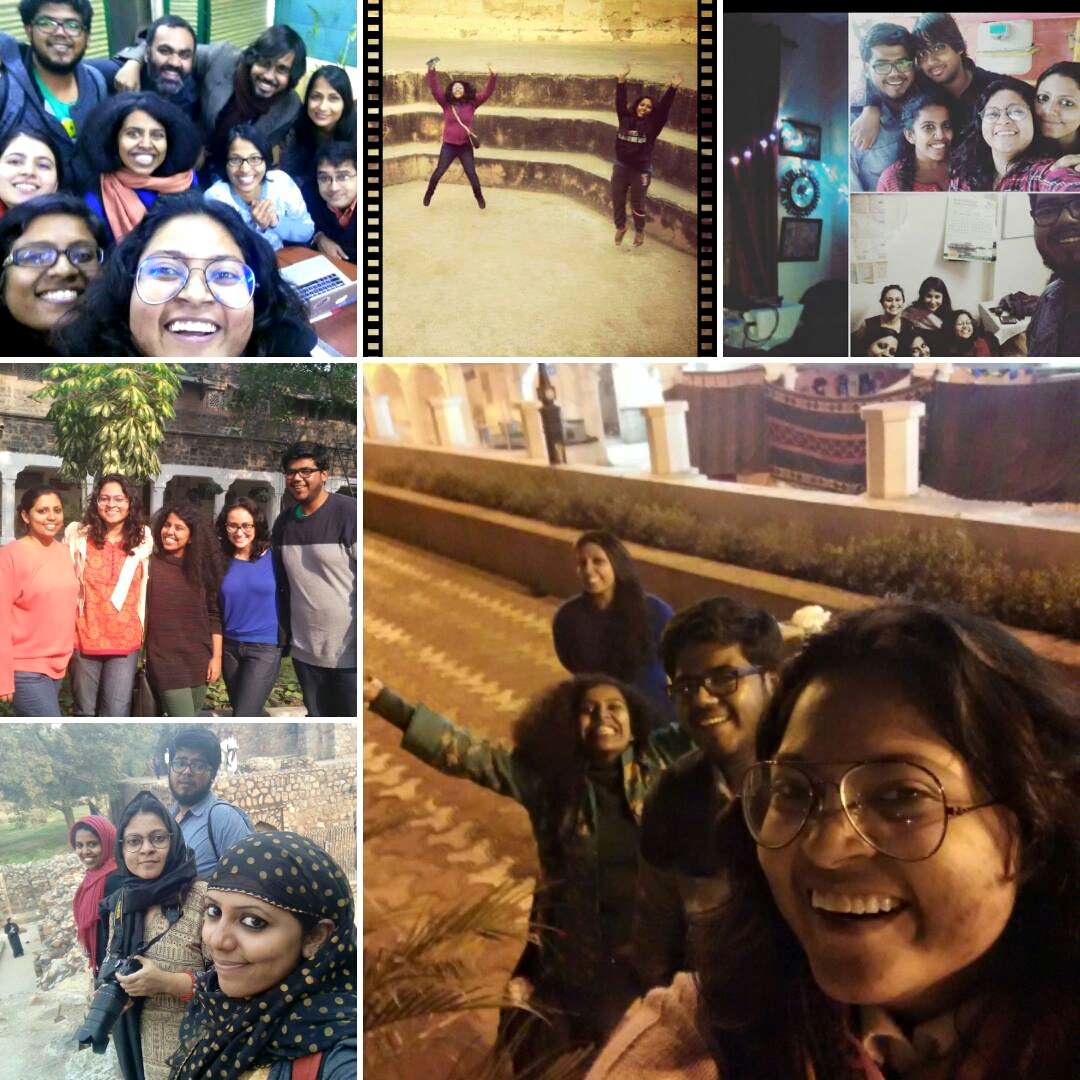 AT: Your work primarily focuses on mapping sexual health and reproductive services in the city. You have documented data, queries with regard to the same, any reason why chose to specifically engage with this?
AT: Your work primarily focuses on mapping sexual health and reproductive services in the city. You have documented data, queries with regard to the same, any reason why chose to specifically engage with this?
JG: Hidden Pockets focus area is to identify the things hidden yet part of the city, which is why we give priority to sexual and reproductive services. These are services that may be out there but are inaccessible, for whatever reasons to women. We look at the city from the lens of sexuality. We wish for women to acknowledge their right to participate in the cities by making use of the services that are available for them, to make them feel inspired to take regular care of the self, to cater to their own desires, pleasures, and to have fun. Often times, this doesn’t come naturally to women. Even when speaking about health, there is a gradation. Women tend to access medical services after marriage, that is when reproductive health enters the life of most women. It could be because of lack of services, taboo, socio-cultural belief that there is a refusal to visit a doctor in a particular area.
These are real issues, when public health services are made available and yet not being accessed. What is the reason for a rape survivor to not want to file an FIR? How does she know where to seek counselling, medication? The relationship with public systems is not just discursive, it plays out in reality. How can we make a difference in bridging this gap? By going and working on people’s politics, encouraging them to access services and this cannot come through ‘sensitisation.’
We restrict our work only to mapping, we are not training the service providers like the police personnel, or medical in charge as I don’t think that a workshop or training can undo people’s subjectivity. Things need to be worked out with constant engagement and not through patronising workshops where are blind to say, the police’s own institutional issues. As in the case of police who becomes the interpreter of law when reporting incidents of violence against women, they know it legally, but articulating the experience is not part of the training. But this cannot happen overnight. We thus have to adopt our systems, work with the existing systems, help the make them be more accountable. We need to incorporate in a systematic way changes that are gender sensitive to become part of their normal training, instead of having sporadic workshops.
AT: You also have interesting doodles and podcasts, hence widening the scope of narration from textual to audio-visual. How far has that mode of sharing information worked for you? How well have people responded to these forms?
JG: To be honest, I don’t understand the obsession with texts. Half the people of the country can’t read English or Hindi. How do we propose to have any tangible, change when people can’t access our information? To be carriers of knowledge, we use podcasts, art, doodles, what are small, not text heavy and can speak to a wider set of people. Our podcasts are not directed towards just the urban elite folk, rather by holding story telling sessions, we have seen that it works well even in a rural setting, where people have exchanged files via whatsapp and shared it further. Story telling sessions work really well, people love it! Talking about different experiences and digitally archiving alternative knowledge systems in a way that they are accessed by people is what we endeavour to do.
I also find that more than textual work, audio-visuals forces you to listen, makes you more connected to the author and is a lot more personalised than reading. It also becomes a community activity when the information is further exchanged via phone.

Doodle Pockets by Purvai Aranya
Our Doodle Pockets series too attempts to achieve the same purpose. We work on humor, talk about sexuality, point at how there are no spaces for fun and laughter. We leave a lot to our artists to imagine or merely reflect what and how they see reality. Through the use of imagination we are able to blur boundaries between idealisation and abstraction of reality. Since, these doodles are experiential narratives taking shape in creative art, there is less pressure to be ‘rational’ or ‘politically cohesive.’ We are able to thus retain our irrational behaviour, overcoming the pressure to be productive but while also keeping the city alive in our thoughts. We also realised that this exercise was liberating even for the artists as they were able to draw the world around them as they see it- physically or as an imprint on the imagination.
Also Read: Storytelling And Audio Podcasts As An Entry Point For Sexuality Education
Check out Hidden Pockets work here and follow them on Facebook, Twitter and Instagram.
All images courtesy Hidden Pockets
About the author(s)
Avantika Tewari is a researcher and social activist based in Delhi.
